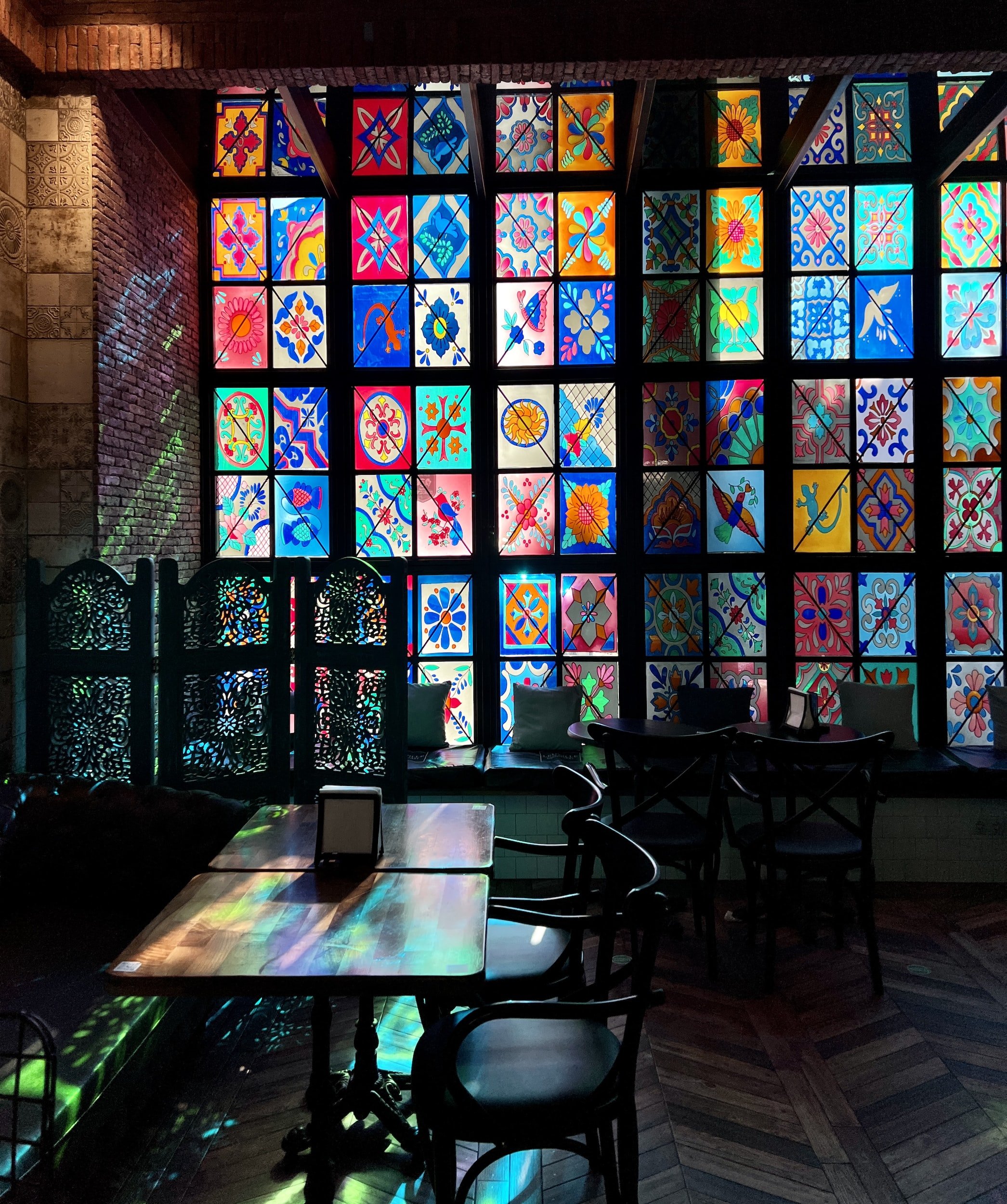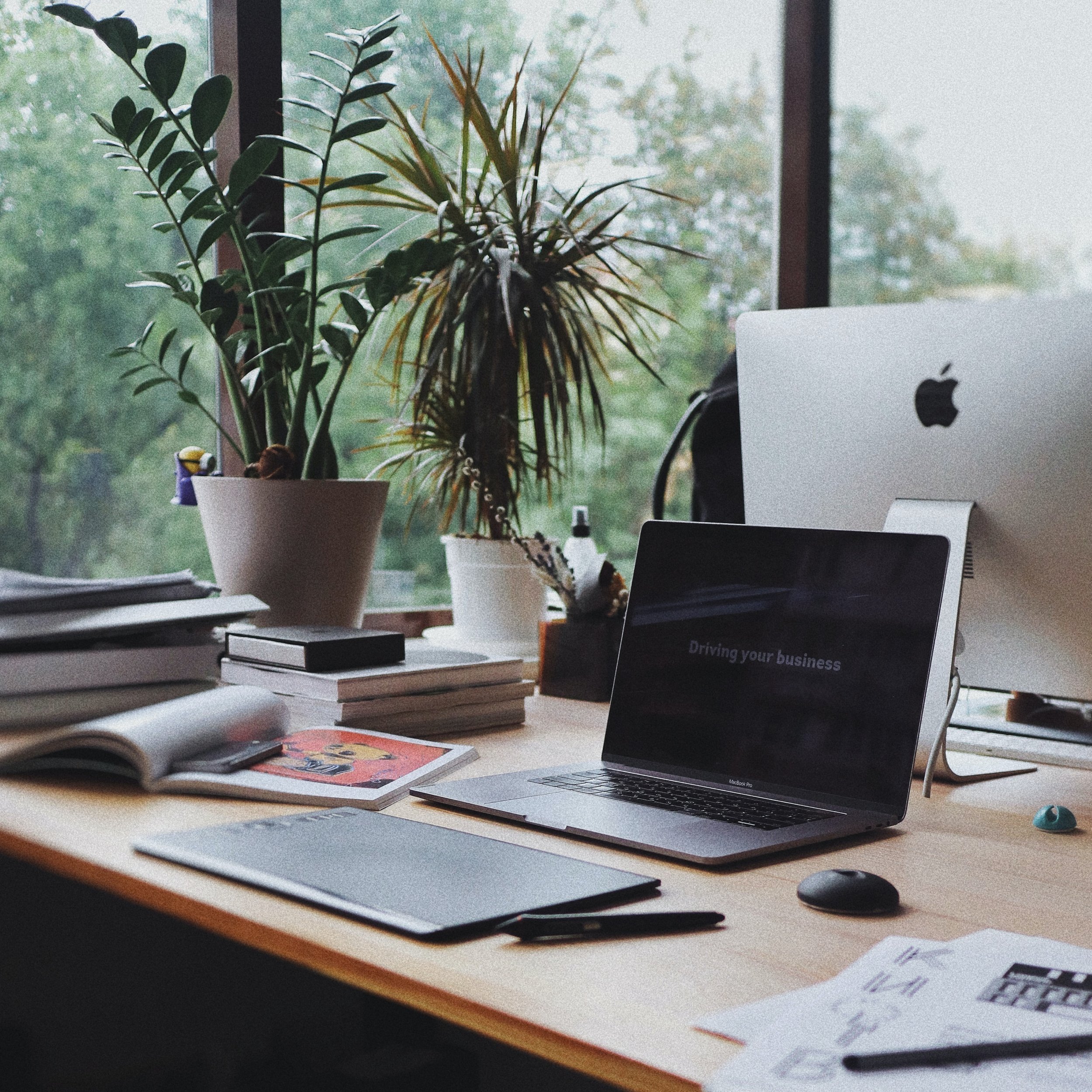A Creative’s Space
The mind of a creative is often perceived as a chaotic bunker of ideas; that they are very scattered and disorganised. Often a creative is given credit for being able to thrive in chaotic environments. As much as a creative or novel idea can be inspired by a non organised thought process or be born in a chaotic place; it is important that artists or creatives, who are by default immensely stimulated by their senses, create spacial experiences that will inspire them, while being void of clutter and distractions.
The working space or office of a lawyer, doctor, banker or is usually pictured as a very organised space and we do not expect to encounter any form of chaos. If there is indeed chaos, we tend to lose an amount of ‘trust’ in the person's professional ability unless they can prove beyond doubt that they are super amazing at what they do.
However, it feels like it will be out of place to visit the studio of an artist and see highly organised racks of paint tubes and brushes. This may be feeding into a stereotype, but it is one that has been embraced and blindly accepted by a lot of creatives.
Recently, a wide number of creatives leaned into the trend of showing off photos of their workspaces. This has shown the need for creatives to have organised and non chaotic workspaces.
During Lockdown, most people were forced to embrace working from home and that came with a lot of rethinking of what a workspace should be and what it should bring to the user. During that period, I personally observed certain traits of my working space and how it affected my productivity and creativity. After reading a number of publications, I personally decided to embark on a journey to create a working space that will make me thrive.
“The best thinking has been done in solitude. the worst has been done in turmoil.” - Thomas Edison
This quote from Edison, paints a picture of a great recipe for problem solving, which is a great part of any creative process. How can one be occupied with creative-solving in a space that is counter productive to our primary task?
Every creative needs to have a space they can call their studio. This can be a physical space or a digital environment. It can be a dedicated space in your home or a setup you move around with, if you are nomadic. In this blog, I share a few of the key lessons I learned from my experience on how to create a studio space that supports the creatives endeavours.
Have a space dedicated to creating.
During lockdown, most people had to work from home. This meant that we all dedicated a space to work ( consciously or unconsciously). we should not be forced into making space for work but rather there should be an intentional effort to create a space were we can clearly define as our workspace. This could be anything from an extra room in your house to a part of the dining table. Where ever you choose, it is important to have control and should be a place you can engage in deep work.
Your space should be reason to wake up
As creatives we do a lot of our work from a place of emotion and passion. It will therefore be very depressing if a creative has to repeatedly go into a space to work that they do not like and are not eager to go into. Creating a workspace that gives you a reason to wake up, filled with excitement to go into and create is very important. Organisations like Google and Facebook have invested immensely into carefully designing spaces that are exciting and stimulate peoples senses. This helps reduce stress levels and promote creativity. As an individual we do not have access to the budgets that such organisations may have, but with little to no budgets we can create our own workspaces / studios that excite us and gives us a reason to battle problems within those confines.
Displaying your work in plain sight can be a good excitement trigger in your workspace.
Surround yourself with Inspiration
What inspires you? Who inspires you? Keeping reminders or triggers of inspiration in your workspace is a sure way to keep you soaring creatively. Our eyes are like a window into our mind, and it is vital to be intentional about what you allow in. Keeping items that you find fascinating or a photo of a person who you aspire to be is a sure certified hack to maintain a constant influx of inspiration.
An architect could decide to keep interesting materials on their desk and touch them periodically, or a fashion designer could keep a vintage loom in their work space; the possibilities are endless. It is not out of place to find exotic objects that are reminders of a place you visited that are reminiscent of a great feeling. Find something that inspires you and keep it within view when working.
Rare books, a fav mug, a vintage bottle; surround yourself with anything that inspires you.
Make it novel
You have just been ushered onto a long floor of open cubicles and you are ushered into one of those cubicles and asked to sit. That is your office for the next 5 years. It is very likely you will want to make your cubicle unique and different and also feel personal. You do not want to sit in a space that will feel the same as all the other cubicles in this office. A novel workspace is one sure way to keep you motivated and fresh. This becomes your sanctuary and you are at home in that space. If home is where the heart is, then make your workspace feel like home.
Create a space that surprises you everyday.
A Biophilic space
As humans, there is a natural inclination to interact with nature. That is when we feel most alive and less stressed. This interaction is gradually becoming uncommon as we spend more time in enclosed work spaces, surrounded by inanimate objects and artificial ventilation and light. This situation cannot be changed entirely, but in creating our workspaces, we can deliberately create a connection with nature.
The use of plants indoors has an adverse effect on our mood and is a refreshing look. They make us feel close to nature and lifts our mood. Plants thrive with natural sunlight and having them in your workspace creates the need for natural light. This can replace other forms of artificial light, pick up our mood, provide our bodies with vitamin D, and improve our circadian rhythms. A good blast of natural light makes us more connected to nature. So does good natural ventilation. Open your windows and let in some air. A biophilic space is key to our psychological and physical well-being.
Work outside the Box
Technology has made it possible to work from virtually anywhere on this planet. More and more people are becoming nomads and are finding ways of working from different places. Choosing this means you can have a different workspace everyday. As much as this can not work in any industry, it is an amazing opportunity that one should take if it is feasible. This provides an unending opportunity to change your workspace if you aren’t satisfied with what you have now. As much as this may be far fetched for certain people, we can all create this experience in different ways. It doesn’t require that you travel to Bali or Tulum but you can pack your backpack and head to your local park or cafe and work for the day. This can change your perspective on a lot of things and can be the catalyst for a eureka moment. The options are endless. You can choose a workspace for a day that is a hub for inspiration for a current project you are working on.
Change your view
Working long hours is somethings we all cant avoid sometimes. But we can make the experience less stressful and tiresome by making the spaces we work in work for our wellbeing.
Medaase!









